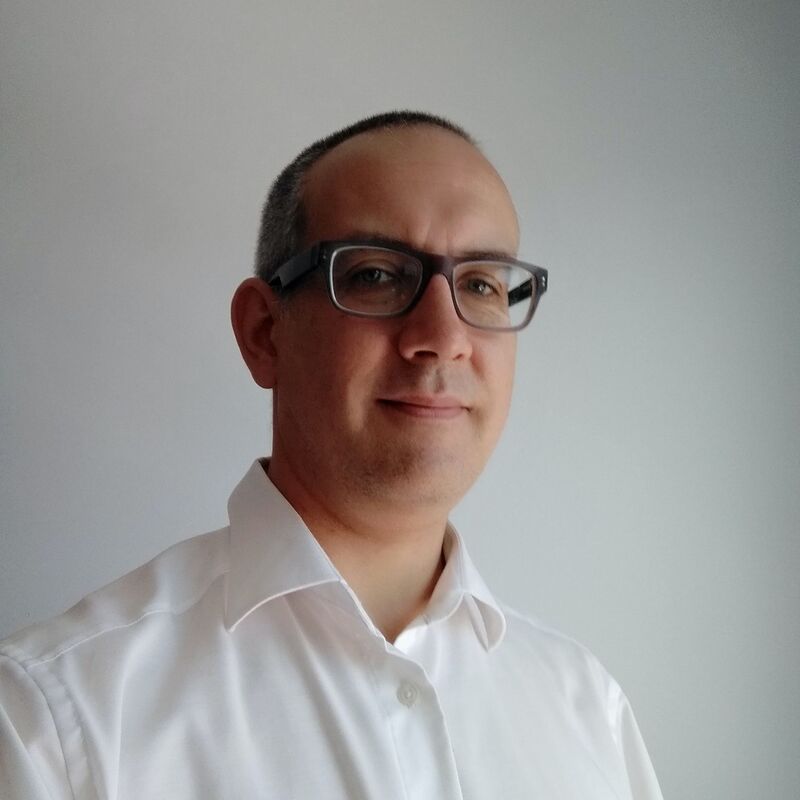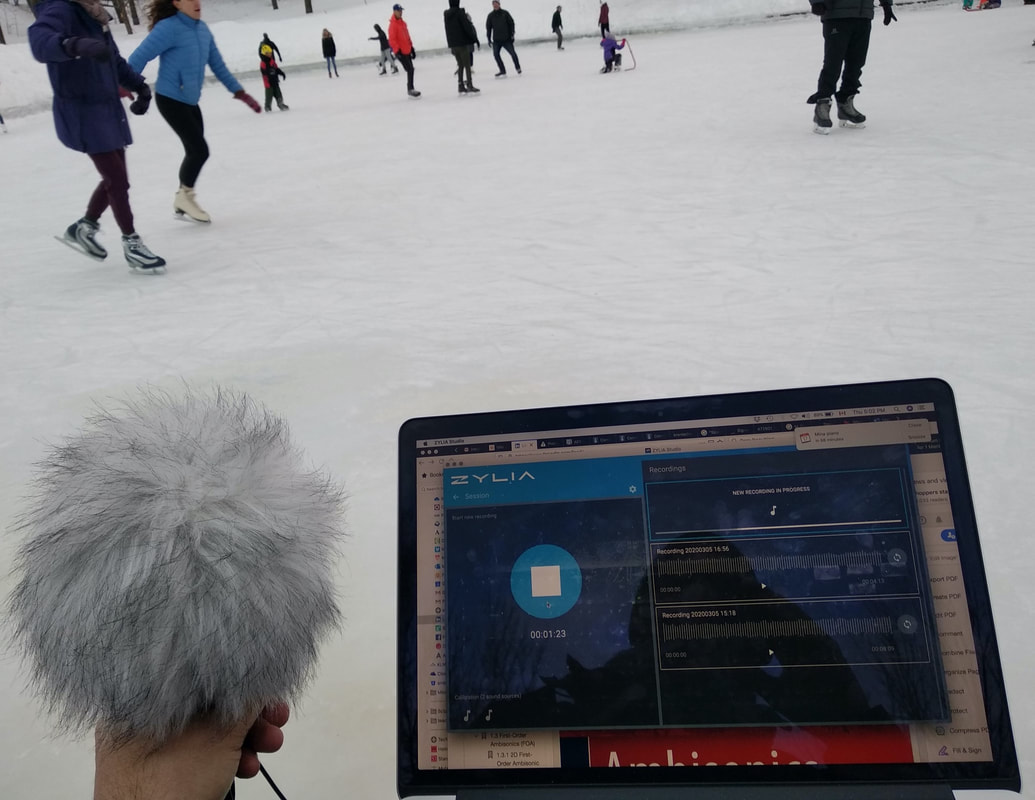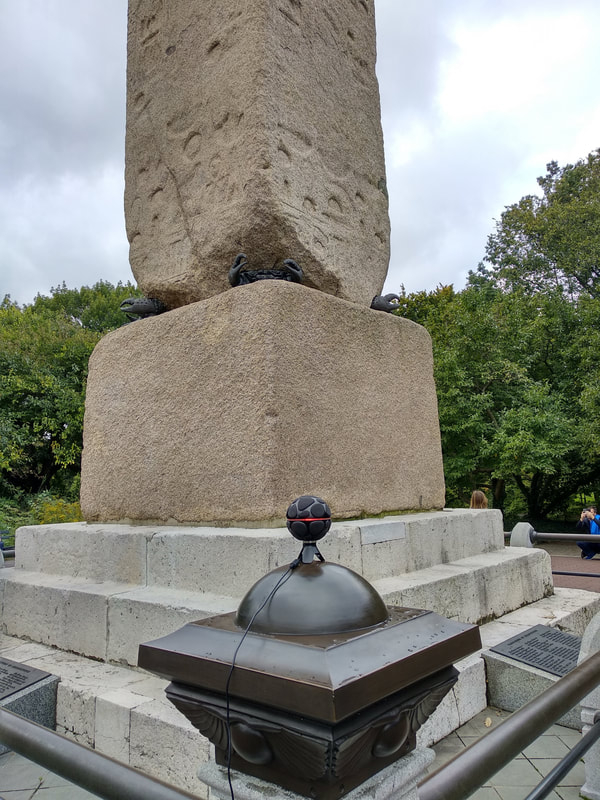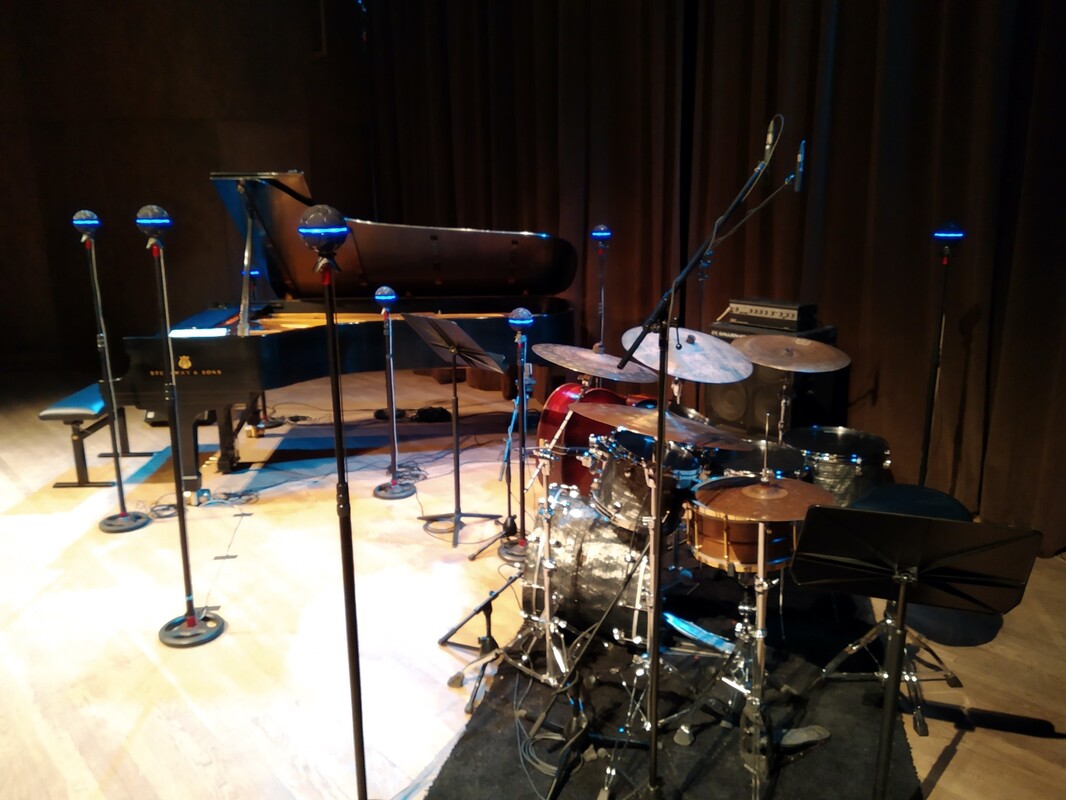Zylia: What is your background? Florian Grond: I am an artist and researcher with a particular interest in audio technology and sound art. Due to my natural science background, I have always been curious about new technology trends, and my artistic side tries to put technology to good use for topics that capture my imagination. In recent years, many of the art and research projects I was involved in had to do with how immersive sound solutions can help us connect with new or unfamiliar perspectives and help translate them to a broader public. To give two examples, I have conceived and implemented in the past a multi-speaker soundscape simulator for urban planners in Montreal, so that they can better experience and understand the impact of noise pollution in public spaces. I have also investigated with blind literary scholar Dr. Piet Devos binaural recordings as a means to capture the immersiveness of soundscapes and to use these recordings as a point of departure for a conversation on how blind people experience and navigate their environment. Zylia: How would you describe Ambisonics technology? Florian Grond: With my science background, I was always intrigued by the underlying theoretical concepts. Still, I also like that for first-order Ambisonics, you can practically understand it as an extension of the MS recording technique. I think it is this dual perspective as an artist and researcher, having something palpable and concrete but also something that has a solid theoretical foundation. But for someone working with sound, the key question is, of course, what does it sound like? First-order recordings give you a great sense of envelopment. Still, only recent advances in affordable higher-order microphone arrays as spearheaded by ZYLIA and the ZM-1 make Ambisonics interesting for spatial sound recordings and reproduction. Another important aspect is that we see more and more plugin collections that target multichannel signals and, more specifically, the b-format. So, everyone working with Ambisonics will soon enjoy many of the tools they are used to for traditional audio formats. One of my favourite sound programming environments for creative coding and prototyping is SuperCollider, and some years ago, I decided to implement higher-order Ambisonics for this platform based on the Faust library ambitools by Pierre Lecomte. I am pleased to see that artists and sound creatives are increasingly using this library in many projects.
The second project is a continuation of binaural recordings with blind workshop participants. Here I plan on using the ZM-1 in addition to the binaural microphones. I’ll probably find a way to have it stick out from the top of a back bag to get a 3rd order b-format recording close to the listener perspective. I will then convert it into binaural and compare it with the signal captured close to the ears. This 3rd order Ambisonics perspective will also give the possibility to add head tracking. For this project, I am particularly looking forward to using the ZR-1 recorder, which I can hide in the back bag too. I have made many field recordings with the ZM-1 connected to my laptop, which worked great. Still, I was desperately waiting to have a completely mobile 3rd order recording equipment as I have it now with the ZR-1. Zylia: You had the opportunity to work with the ZYLIA 6DoF VR / AR Set. What do you think about such technology and approach for 6dof audio recording and processing? Florian Grond: The 6DoF VR / AR Set is undoubtedly a unique tool, and what excites me from a research perspective is that it opens up a field of possible applications where many new things wait to be discovered. One of the things that impressed me from the start, was how effortless 171 channels of 24 bit 48 kHz streamed into one single laptop over the USB interface when we tested the 6DoF set here at McGill University in the sound recording department. The 6DoF VR / AR Set will also help bring the technology of various sectors together, gaming, AR VR, sound recording so that 6DoF recordings can be distributed and experienced correctly. I think it is an exciting moment because the technology is stable and mature so that innovators can dive right into it. By being brand new, it creates opportunities to discover new fields of applications and to define the field of immersive audio. I am curious to see in which ways we will be able to experience 6Dof soon: Will it be through game engines or maybe even over the internet in the browser? Zylia: How does this solution differ from others available on the market? What is its potential? Florian Grond: Several key features set the 6DoF VR / AR Set apart from any other solution. First, as a 3rd order microphone array, the ZM-1 provides a high spatial resolution and captures the information of the diffuse field accurately. The second aspect is that the ZM-1 is not only a microphone but also a USB audio interface; this means that the 6DoF VR / AR Set can be relatively easily extended with more microphones. If you had analogue equipment, the numbers of channels of your audio interface would limit the nodes in your 6DoF grid. Of course, you might find a workaround with complex audio networks, but it needs to be practical too. Third, ZYLIA has implemented an excellent interpolation algorithm of the b-format audio streams. While 6DOF interpolation has been developed in the past years, this is the first time, results of this research have translated into a practical application. Zylia: How can this solution be used in different projects? How would you recommend using it?
Florian Grond: I am convinced the 6DoF VR / AR Set, will see many different uses: Navigable sound recordings of orchestras, as the ones we are working on right now, are an exciting field of applications. The music event industry, in general, will likely enjoy working with 6DoF for the immersive broadcasting of events to a fanbase, much larger than the audience in place. The 6DoF VR / AR Set will also find applications in sports event broadcasting. In the game industry, 6DoF will complement the object audio approach in situations where you need a rich atmosphere and where not all sound sources are necessarily visible, such as e.g. in forests or urban soundscapes, here 6DoF can create a sonic richness at a fraction of the computing power. I can also see small scale versions of the 6DoF VR / AR set being used in teleconferencing situations for large boardrooms. There are plenty of applications for rapid prototyping of urban soundscape design as well as academic research. For instance, research on how to capture and document complex in situ sound works as well as room acoustics where multiple distributed room impulse responses can be recorded from only one source.
1 Comment
|
Categories
All
Archives
August 2023
|
|
© Zylia Sp. z o.o., copyright 2018. ALL RIGHTS RESERVED.
|





 RSS Feed
RSS Feed
